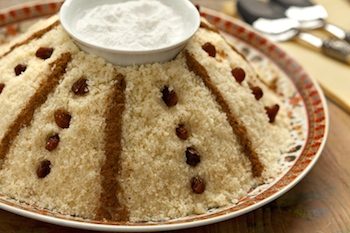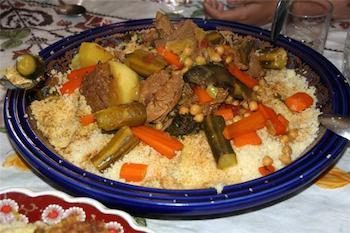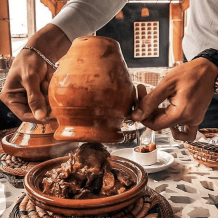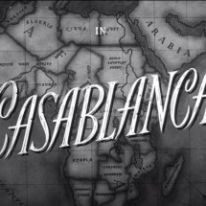
Couscous or more affectionately known as seksu or sikuk, is the national dish of Morocco. The origins of the dish’s name is still a mystery, but many attribute it to the hissing sound as its steam moves through the holes of the couscoussière (steamer). While in most Moroccan families this rolled semolina cereal is prepared and eaten on Fridays, a few incorporate couscous into their diet at least a few times a week. Although some debate exists, couscous is a food whose origins are best linked with the Berbers from North Africa. As the Berbers were poor agrarian people living in the mountains, it became a staple food for them due to easy access to wheat in Morocco. At one point in time, was also the national dish for southern Spain; however, when the Arabs were expelled it became illegal to eat couscous by the decree of the inquisition. Only in recent years has couscous made an appearance in western cultures. Unfortunately, many pre-packaged instant varieties of couscous circulate in western stores. As a result, many people have the false idea that couscous shouldn’t take much longer than spaghetti to prepare. While it is possible to achieve a good couscous if handled properly, an authentic couscous can take up to five hours to cook. Couscous is also a celebratory dish eaten at weddings, funerals, or the end of festivals or holidays like the 27th of September, a date important in Ramadan .
Traditionally, Dadas, the hidden faces of Morocco, were responsible for making the best couscous. Wheat was bought at the local market and brought to the local mill to have granules ground into preferred degrees of fineness. Only then would it be rolled by hand, followed by an addition of semolina seeds and cold salt water to moisten it. Flour was necessary to add to thicken the couscous.

While couscous is often a dish that is served under meat or a vegetable stew, it can also be eaten alone flavored or plain, warm or cold, as a dessert or a side dish. In Morocco it is prepared using a variety of other elements popular with children such as dried fruit, nuts, and cinnamon. One thing to keep in mind when eating couscous during your travels in Morocco is that it is a communal dish and eaten with your hands. This is especially important if you are a guest in someone’s home. Worry not, your host will surely understand that eating couscous in Morocco may be new to you and subtlety shows you how to roll couscous into a ball. If you get confused, just look to your neighbor.






